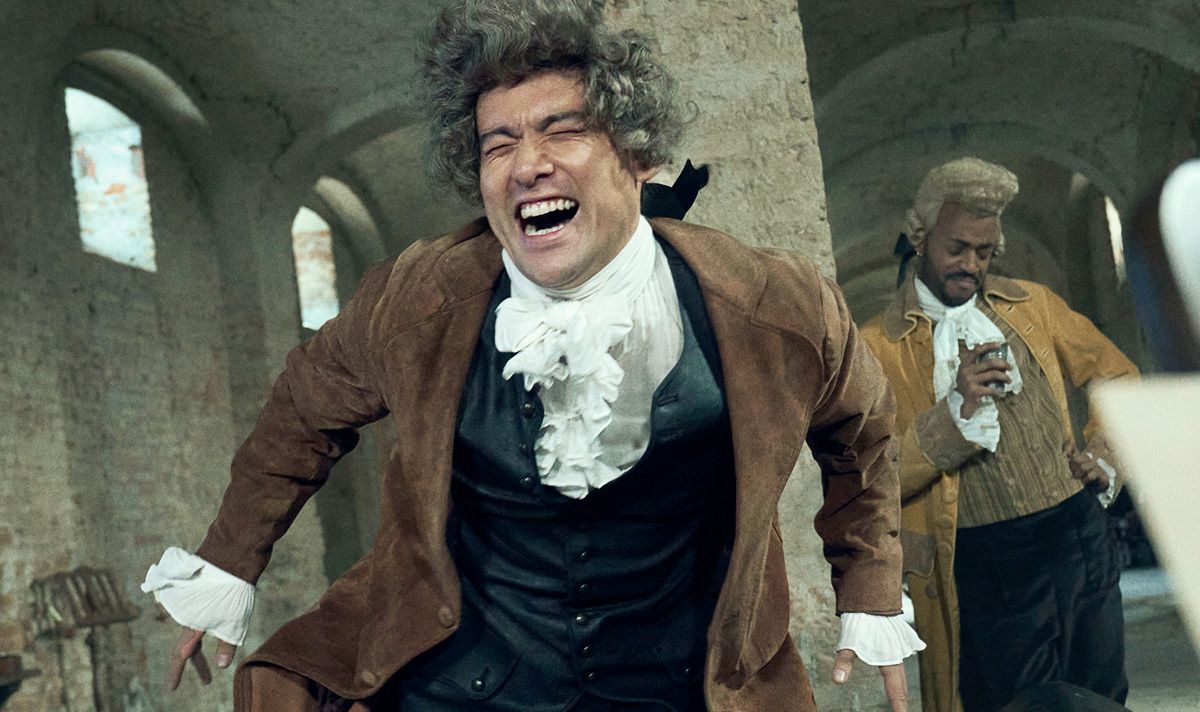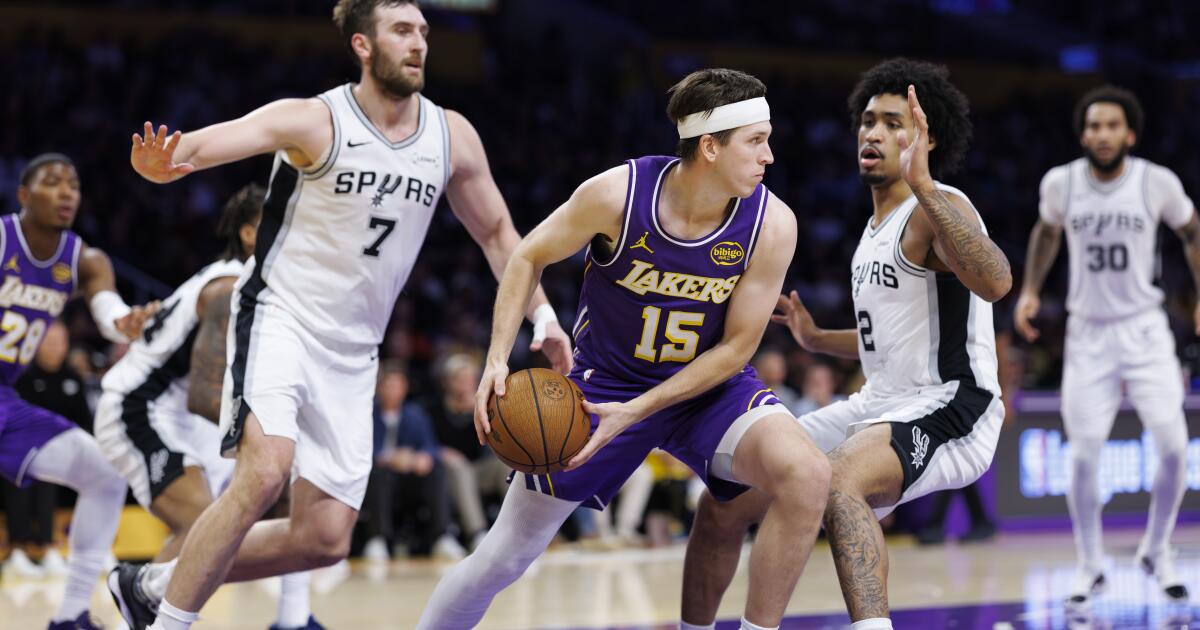Celebrated actor Will Sharpe is taking the lead in a must-watch new Sky drama, so what do we know about his life away from the screen?
British actor Will Sharpe stars alongside Paul Bettany in one of Sky’s biggest new shows of the year, Amadeus.
A brand new, star-studded interpretation of the classic Peter Shaffer play, this sumptuous five-part drama reimagines the fierce rivalry of two iconic composers; Antonio Salieri (played by Bettany) and Wolfgang Amadeus Mozart (Sharpe).
Created by Joe Barton, the series is set to catapult the star to even loftier levels of fame after already landing acclaimed roles in The White Lotus, A Real Pain and Too Much.
But, did you know the actor, writer and creator already won himself a BAFTA nomination over a decade ago and is married to an equally familiar name from the world of streaming TV?
Let’s take a look at what we know about Will Sharpe’s life and career so far.
Early Life
Will Sharpe is half-Japanese on his mother’s side and, despite being born in London, was raised in Tokyo until he was eight. The family then settled in Surrey.
After schooling at Winchester College, he went on to study classics at the University of Cambridge and became the president of the Cambridge Footlights comedy troupe.
However, his first attempts at a showbiz career didn’t go as planned. Upon graduating, Sharpe moved to London and began performing at open-mic comedy nights in Whitechapel.
Speaking to GQ, he recalled: “The thing that I’d sometimes do was see how long I could act as if I wasn’t sure about the performing space, like moving chairs around and adjusting the mic, before it stopped being funny for them. And then seeing if I could do it for so long it became funny again.”
Unfortunately, he was eventually approached by a comedy agent who admitted she couldn’t represent him because it was unclear if he was actually performing comedy. He opted for a different approach instead, joining the Royal Shakespeare Company for its 2008-2009 season.
Career Success
Thankfully, it didn’t take long for Sharpe’s talents to be recognised as his 2011 film Black Pond, co-directed by Stath Lets Flats and Ghosts’ Tom Kingsley, was nominated for the BAFTA Award for Outstanding Debut by a British Writer, Director or Producer. They had previously worked together on the 2009 short film, Cockroach.
A few years later, Sharpe received more awards recognition for his Channel 4 comedy-drama series Flowers, starring Olivia Colman, Julian Barratt, Daniel Rigby and Sophia Di Martino, as well as himself. This won Sharpe his first BAFTA, for best scripted comedy.
A few years later, he won his first acting BAFTA for his critically acclaimed turn in Amadeus writer Barton’s hit crime drama Giri/Haji. He went on to have similar success in Hollywood for his Emmy-nominated turn in The White Lotus season two. Sharpe also directed the biopic film The Electrical Life of Louis Wain, starring Benedict Cumberbatch as the titular troubled artist.
Mental Health Struggles
Many of Sharpe’s projects tackle mental health issues and the actor/director has drawn from his own experiences to bring those personal stories to life.
Following the release of the second season of Flowers in 2018, the creator revealed he had been diagnosed with type two bipolar disorder.
Writing in a blog for the mental health charity mind, he shared his wish for the series was for “the audience to get a sense of how helpless you can feel in the face of mental illness, of how relentless and confusing it can be, and how painful it is to love somebody who is suffering.
“Because, for me, the only way to feel truly hopeful is to look at that stuff head on and still feel like there’s a way through.”
He added: “My experience of mental illness is that it can sell you an overpoweringly compelling – and fictional – narrative about your life, to which it can eventually start to feel like there is only one possible conclusion.
“The final episode of the second series of Flowers, I hope, challenges that and offers, if you like, a break in the narrative.”
Sky’s Essential TV and 300Mbps broadband bundle

Sky has cut the price of its Essential TV and 300Mbps fibre broadband bundle, but the deal expires on October 15.
Famous Spouse
Sharpe is married to his Flowers co-star Sophia Di Martino, with whom he has had a relationship since 2009. The pair met while filming Casualty, in which they were both main cast members. They have two children born in 2019 and 2021.
The actress is perhaps best known for portraying Sylvie, an alternate female version of Tom Hiddleston’s iconic Marvel villain Loki, in the Disney+ superhero drama based on the fan-favourite character.
She has also appeared in Sharpe’s The Electrical Life of Louis Wain and reunited with him again in an episode of Netflix’s Too Much. Di Martino will also star in her husband’s upcoming Apple TV series Prodigies, alongside Ayo Edebiri.
Amadeus is available on Sky and streaming service NOW.



